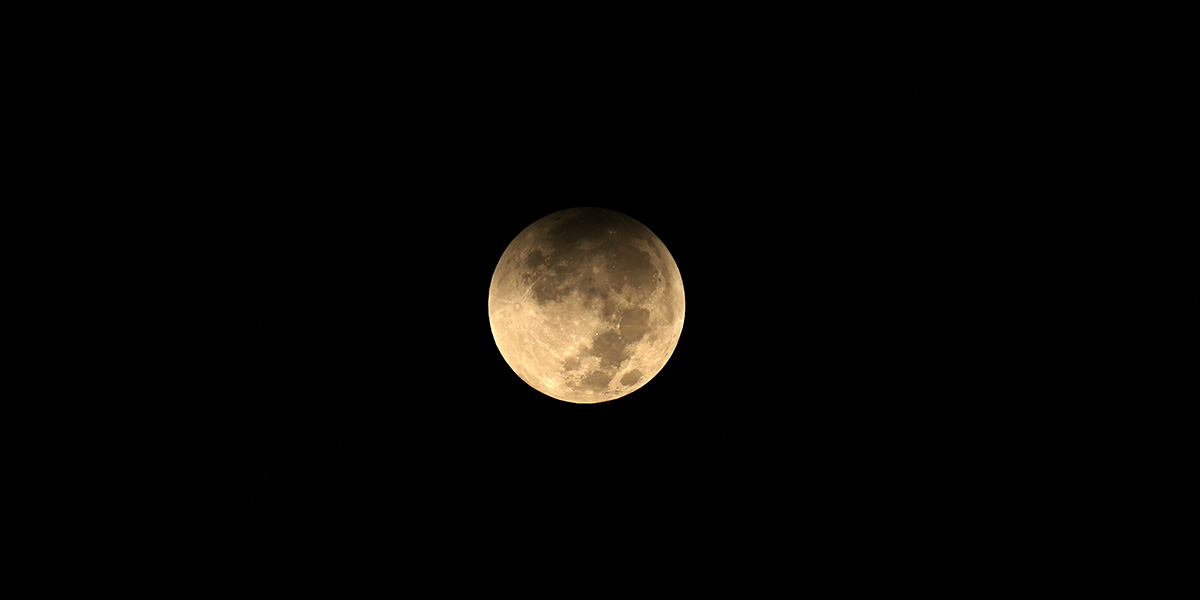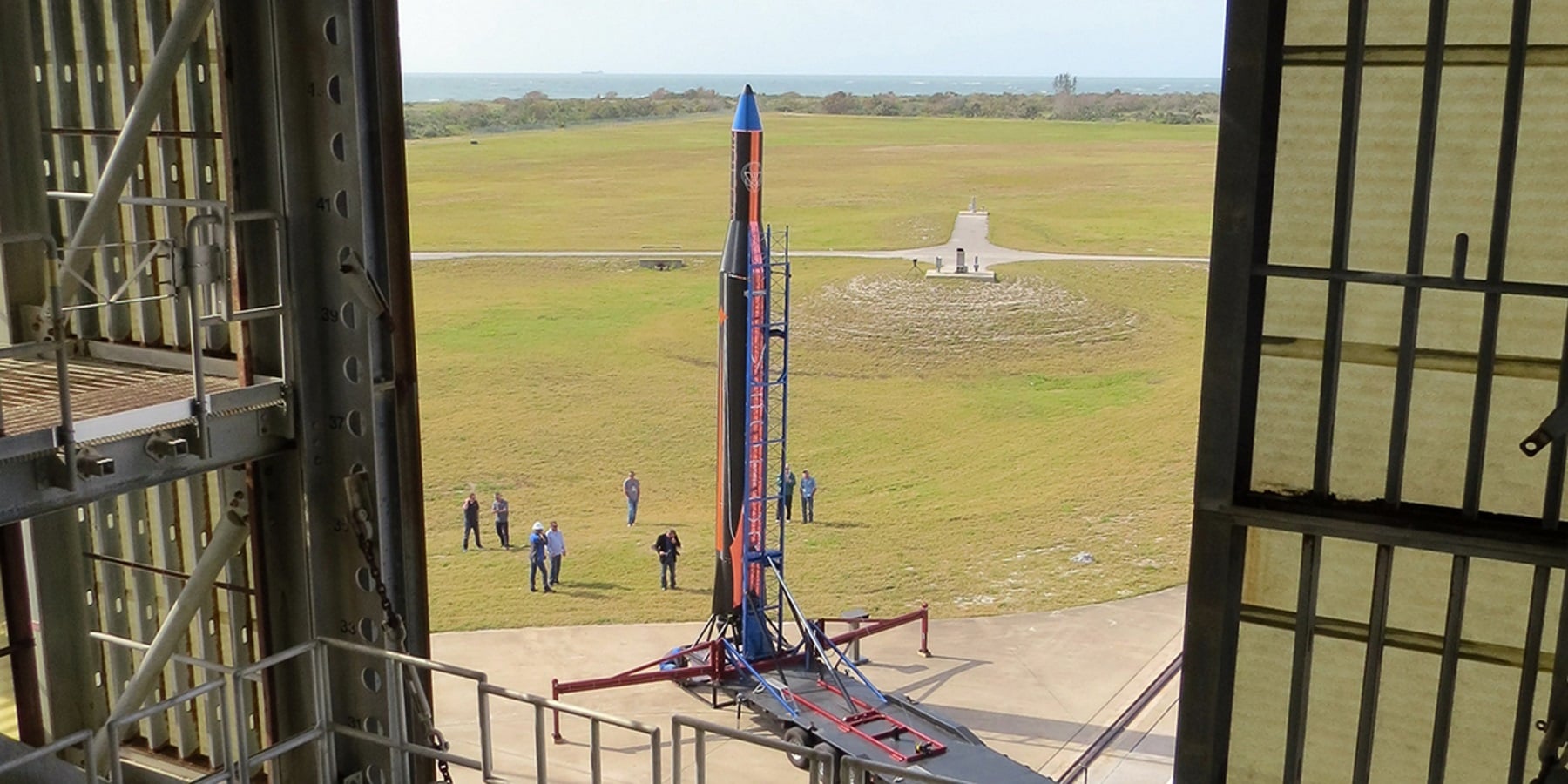This Morning’s Much-Hyped Supermoon? Not So Super

Earth’s shadow begins to obscure the view of a so-called Supermoon during a total lunar eclipse above Baghdad, Iraq, Monday, Sept. 28, 2015. Supermoon, or perigee moon, is the name given when the full or new moon comes closest to the Earth making it appear bigger. (AP Photo/Hadi Mizban)
Hadi Mizban / Associated Press
You may have heard there’s something special in the skies this morning. It’s the supermoon, so called because it’s a full moon at the closest point in its orbit to Earth.
But astronomically, it turns out the super moon isn’t really a big deal. Tellus Science Center Astronomer David Dundee calls it “an astronomical non-event.”
Ouch.
“I’m sorry the astronomer’s going to throw a wet blanket on all this,” Dundee says, “because if you walk out, look at the full moon, you’re going to say, ‘That’s the same old full moon I’ve always seen.’”
That’s because the “super” full moon is only 7 percent bigger than the normal full moon, and that size difference is not noticeable to the naked eye.
However, Dundee says the skies still may look unusually cool. That’s because smoke from the north Georgia wildfires may tint the full moon a dramatic orange or red.
The moon is at its closest point to the earth at 6:24 Monday morning, at about 221,000 miles away. The next supermoon is in 2034.
9(MDAxODM0MDY4MDEyMTY4NDA3MzI3YjkzMw004))








